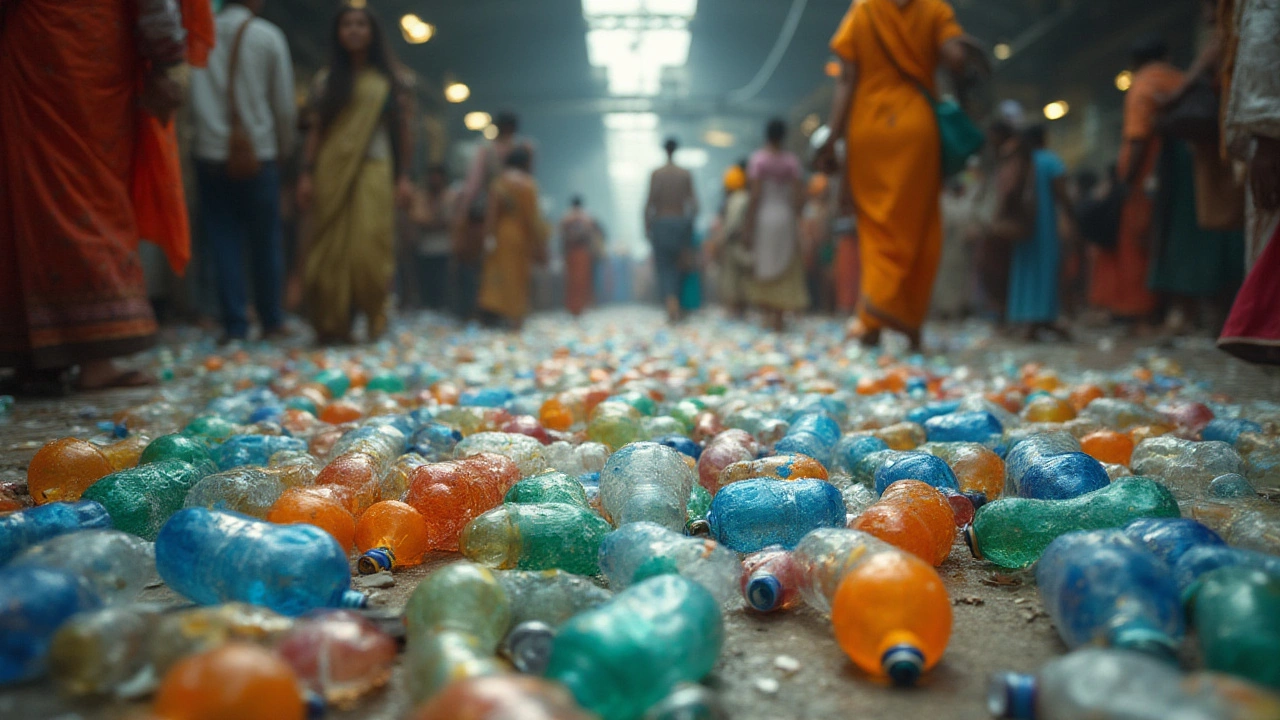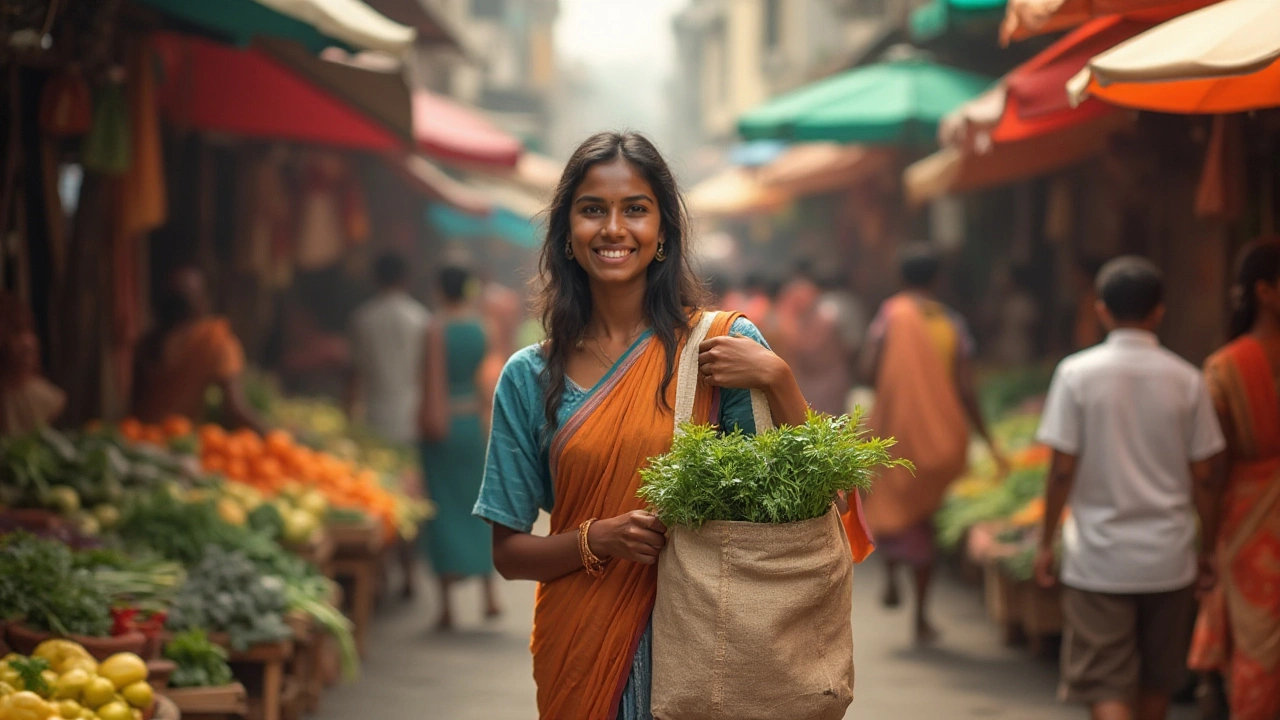Single-Use Plastic: What It Is, Why It Matters, and How to Cut Back
Whenever you grab a coffee cup, pop a straw in your drink, or toss a grocery bag, you’re dealing with single-use plastic. These items are designed to be used once and then thrown away, but they linger in the environment for hundreds of years. The result is a growing pile of waste that chokes oceans, fills landfills, and harms wildlife.
Why does single-use plastic cause so much trouble? First, the material itself is cheap and lightweight, which makes it perfect for manufacturers but terrible for the planet. When it ends up in rivers or seas, it breaks down into tiny pieces called microplastics that fish and birds mistake for food. Those tiny particles then move up the food chain, eventually reaching our plates.
Common Sources of Single-Use Plastic
Most of us see single-use plastic in everyday items: beverage bottles, food wrappers, take‑out containers, straws, and disposable cutlery. In India, the rapid growth of delivery services has added a surge of plastic bags and packaging. Even items that look harmless, like a thin cling film, add up and become a serious waste problem.
Businesses often choose single-use plastic because it’s cheap and meets hygiene standards. However, the low cost to manufacturers hides the high environmental price we all pay. Understanding where these products come from helps you spot alternatives the next time you shop.
Practical Ways to Reduce Your Use
Cutting single-use plastic doesn’t require a complete lifestyle overhaul. Start with a few simple swaps: bring a reusable water bottle instead of buying bottled water, carry cloth bags for groceries, and say no to plastic straws when you order a drink. Many cafés now offer paper or metal straws for free.
If you order food, ask for a paper or biodegradable container. Some restaurants are starting to use compostable cutlery made from corn starch or bamboo—these break down faster and leave a smaller footprint.
At home, replace plastic wrap with beeswax cloths or silicone lids. For storage, glass jars are a sturdy alternative that lasts years. Even small changes, like buying products in bulk to avoid individual plastic packaging, add up quickly.
Keep an eye on local regulations too. Several Indian states have introduced bans on plastic bags below a certain thickness, and the central government’s Plastic Waste Management Rules set targets for recycling and use of alternate materials. Knowing what’s mandatory in your area can guide your choices and even help you avoid fines.
Finally, get involved in community clean‑up drives. Picking up litter not only makes your neighborhood cleaner but also raises awareness about the damage single-use plastic can cause. Sharing your experiences on social media encourages friends and family to make similar changes.
Reducing single-use plastic is a collective effort, but every small step counts. By swapping a few items, supporting greener packaging, and staying informed about policies, you can help turn the tide on plastic waste and protect the environment for future generations.

What Is the Biggest Single-Use Plastic Product? Surprising Facts & Environmental Impact
Explore the biggest single-use plastic item in the world, its shocking impact on our planet, and practical tips to reduce waste. Don't miss these eye-opening stats.
Read More
Unveiling the Giants: Top Producers of Single-Use Plastic
The term 'single-use plastic' refers to products made from plastic, created for single-use purposes before they are disposed of or recycled. In the realm of plastic production, some giants are shaping industry trends and impacting the environment at staggering levels. This article explores the largest producers of single-use plastic, delves into the global effects of their operations, and offers insightful discussions on balancing production with sustainability. It also examines some tips and initiatives aimed at reducing the dependency on single-use plastics.
Read More